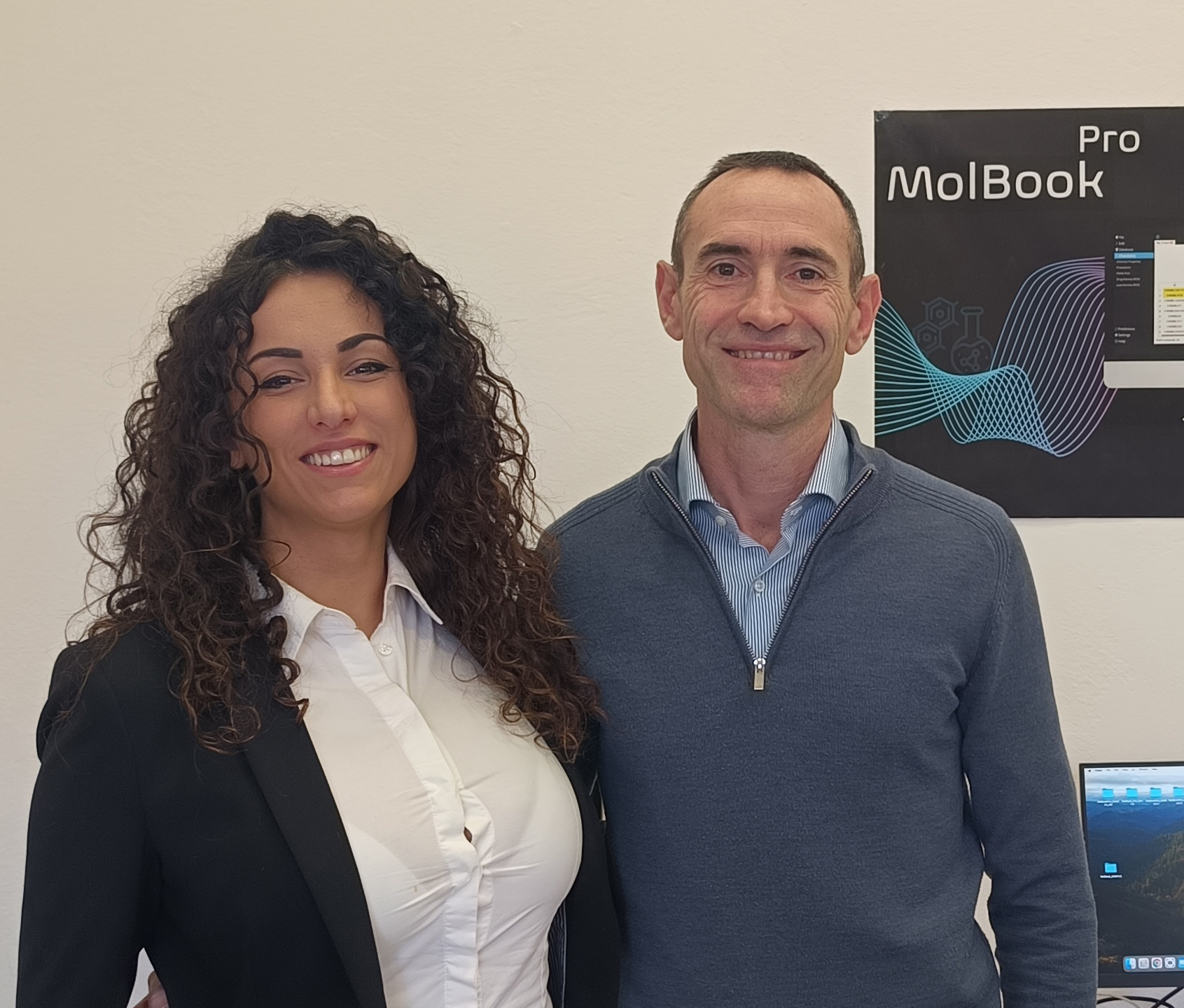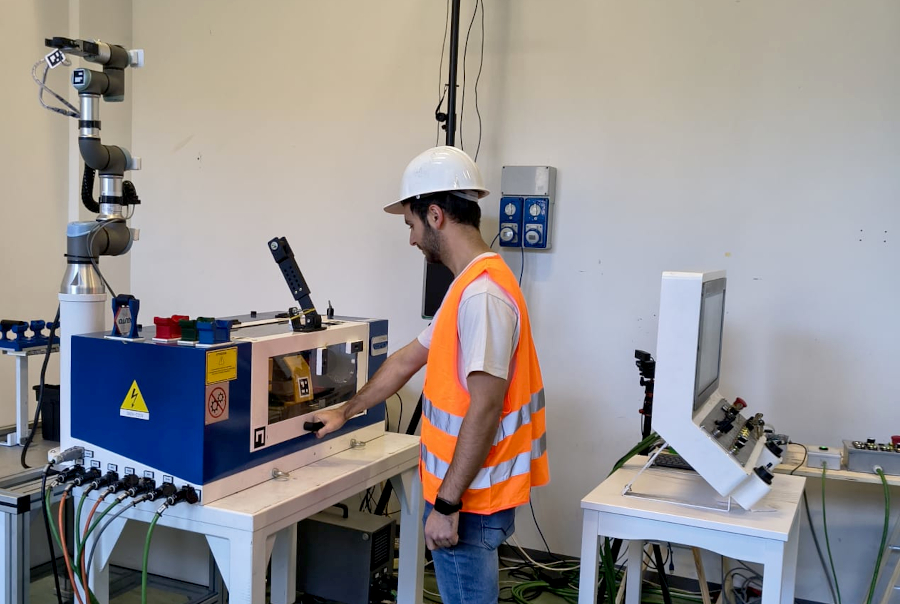An organic semiconductor has achieved what until now seemed impossible: converting almost all the light it absorbs into electricity. The discovery, published in the journal Nature Materials and carried out through collaboration between the University of Pisa, the University of Cambridge (UK) and the University of Mons (Belgium), could revolutionise the future of solar cells and light-powered electronic devices.
At the centre of the study is P3TTM, a molecule belonging to the family of organic radicals. Radicals are chemical species with at least one unpaired electron, which makes them particularly reactive. Until now, they were known mainly for their ability to emit light (already used in modern OLED displays), but not for producing electricity efficiently.
The breakthrough came when ultra-thin films of P3TTM were exposed to blue-violet light. The molecules not only became excited but also exchanged electrons, creating pairs of charged particles. When separated by a simple electric field, the conversion into electrical current was almost perfect, with a collection efficiency close to 100%. In other words, nearly all the light energy was transformed into usable electricity.
The benefits are significant. In traditional organic solar cells—devices that convert sunlight into electricity via the photovoltaic effect—a large portion of light is wasted because the charges remain trapped. With P3TTM, however, light is turned into current in a simple, direct way, without the complex architectures used so far. This paves the way for cheaper, lighter and easier-to-produce solar cells, as well as new optical and magnetic sensors and innovative electronic devices that use light as a direct energy source.
“Our contribution at the University of Pisa was to understand, through quantum-mechanical calculations, how P3TTM molecules interact after being struck by light,” explained Giacomo Londi, researcher in the Department of Chemistry and Industrial Chemistry. “This computational analysis was crucial in confirming that charge separation does not depend on heterojunctions or auxiliary materials but is an intrinsic property of the organic radical. In other words, we have shown that the mechanism behind this process lies in the very nature of the molecule itself, opening the way to a new generation of simpler, more sustainable solar cells.”



